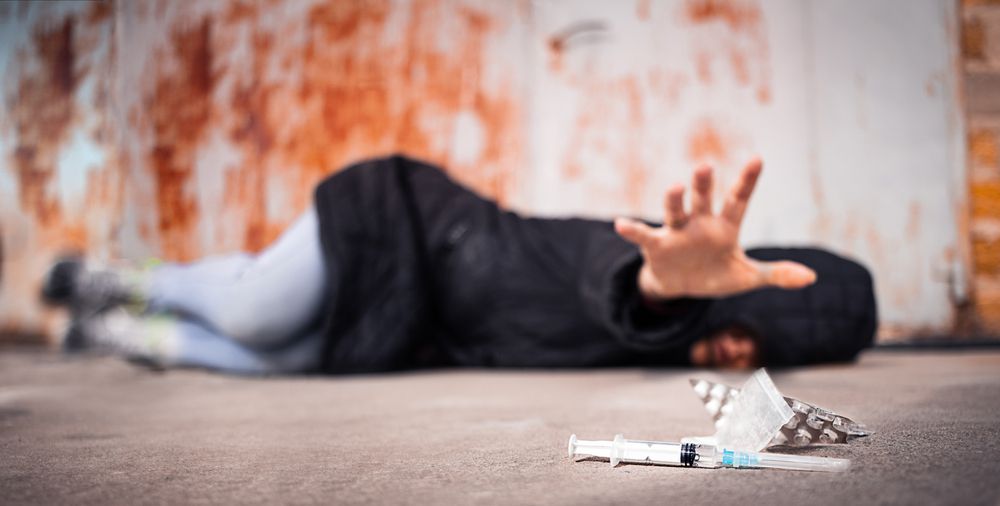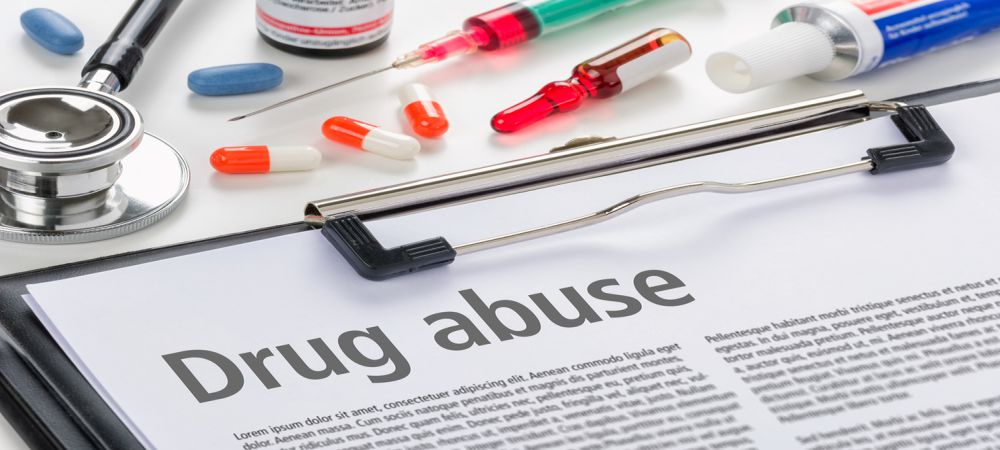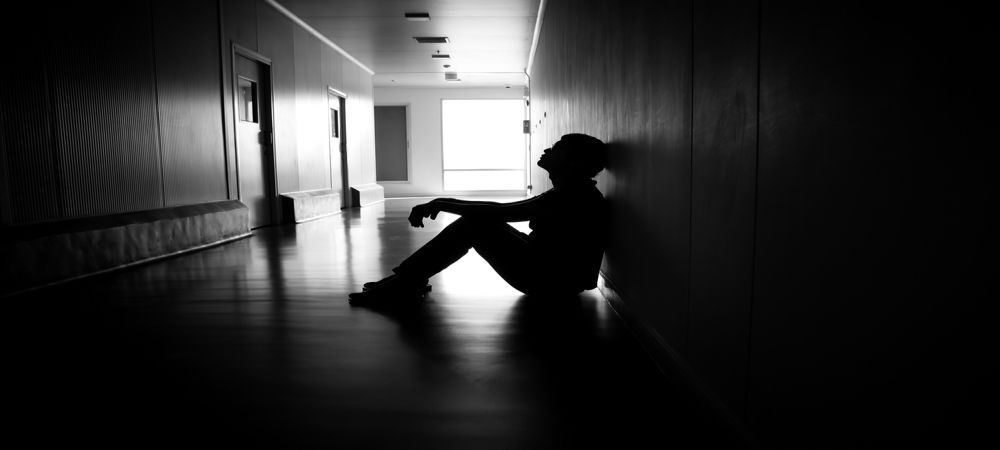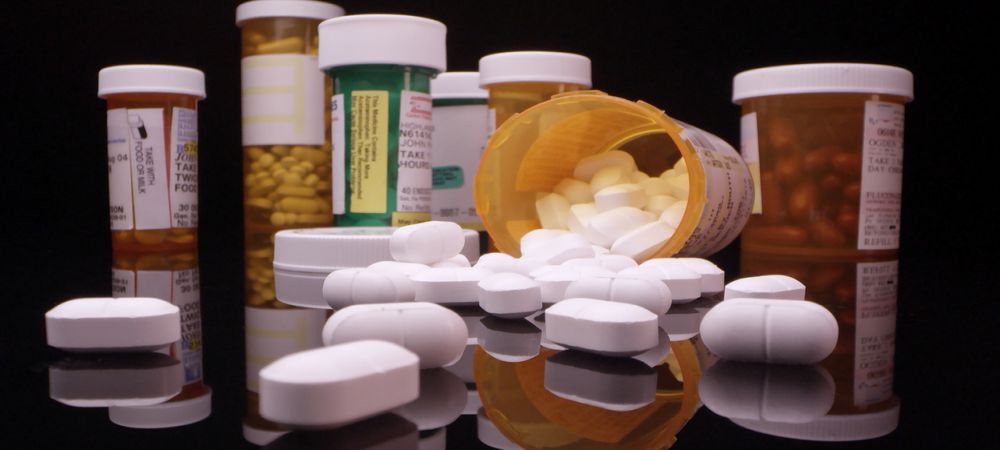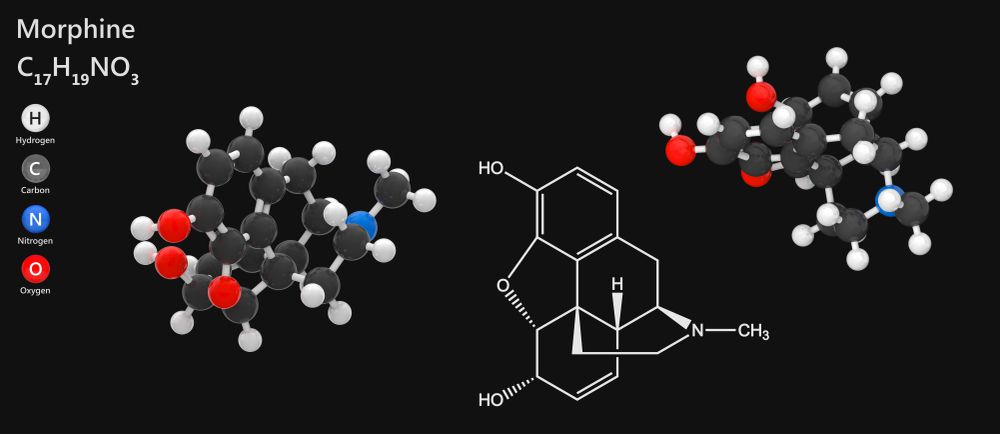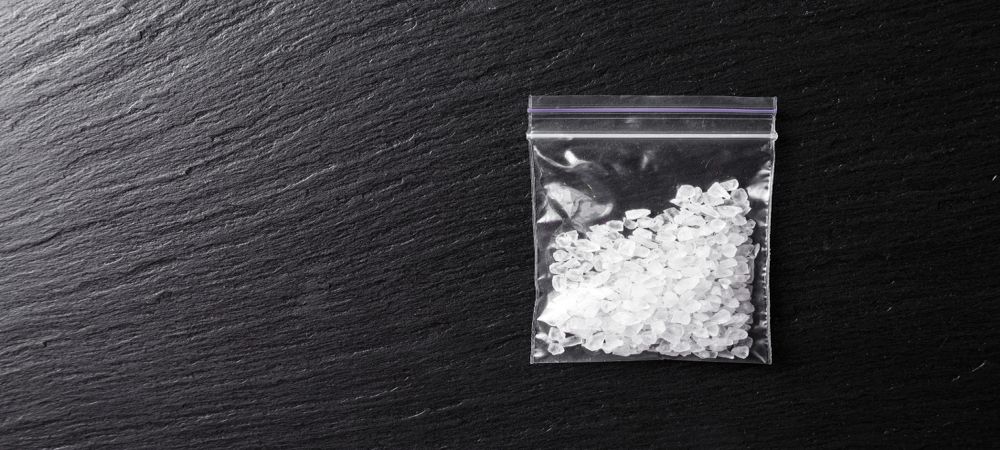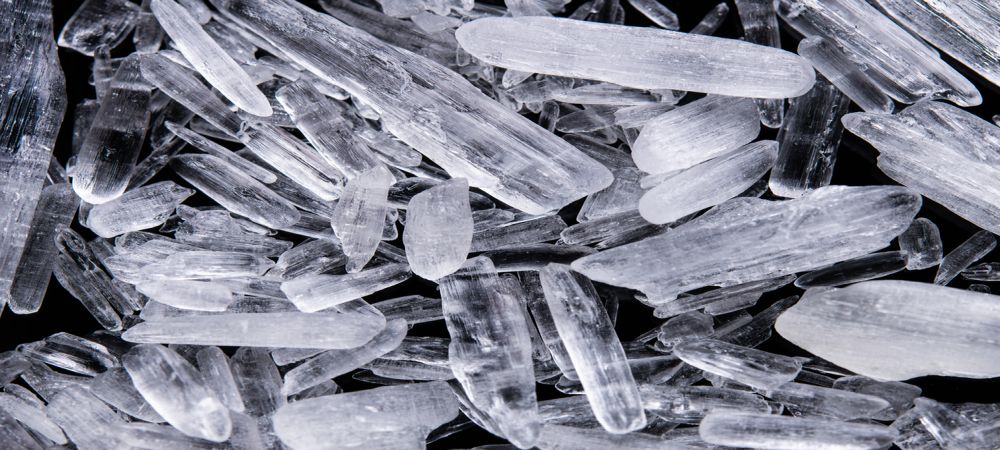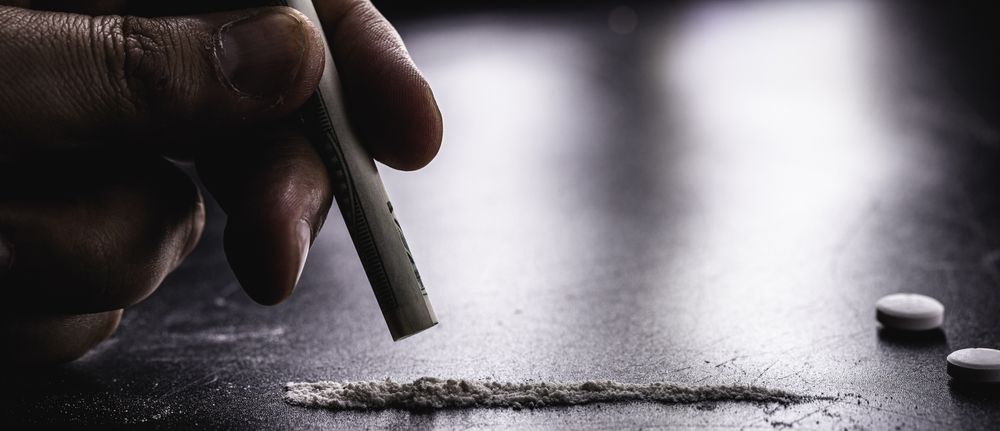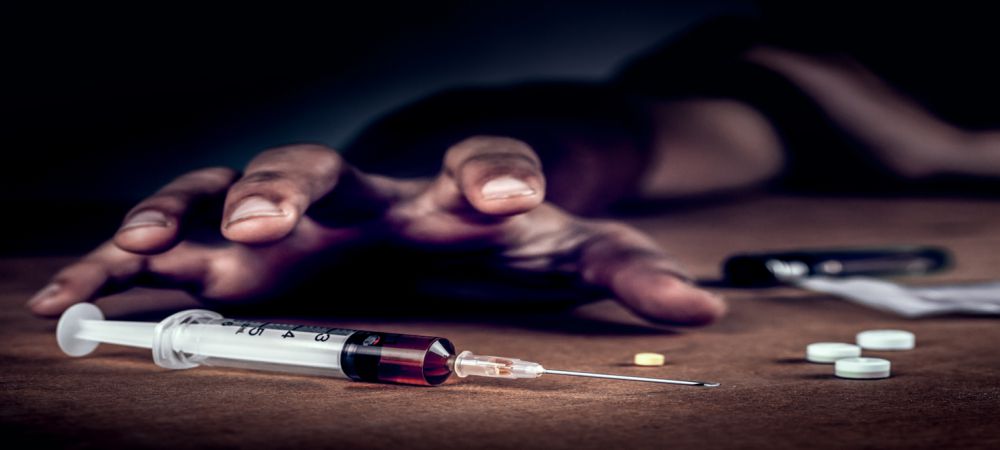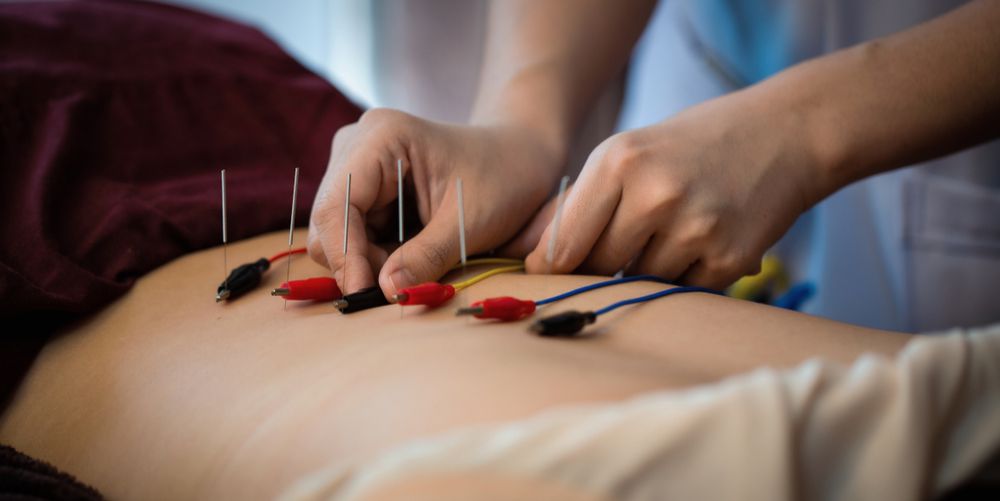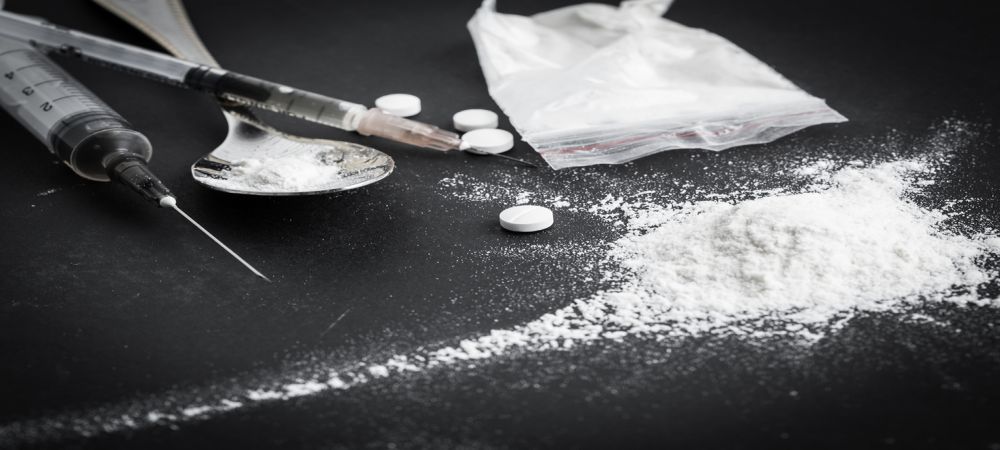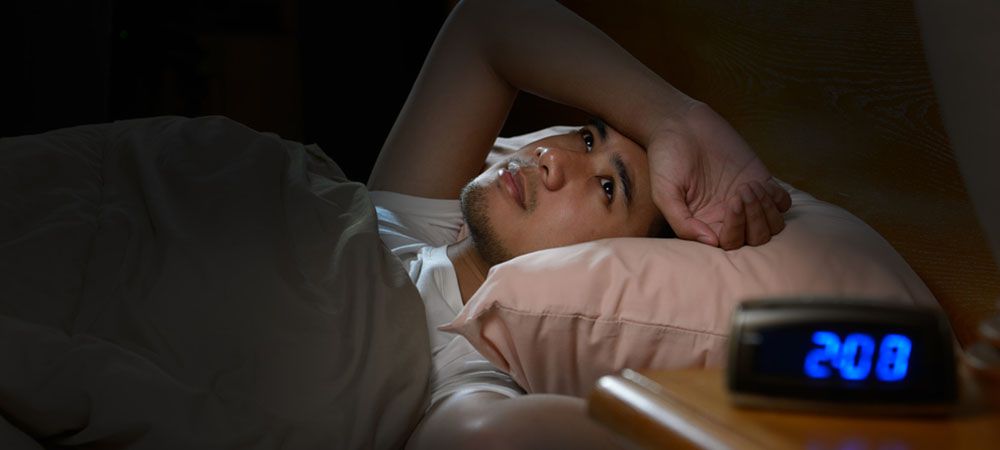Are you wondering how long opioid addiction treatment will take? Or you want to consider the timeline for opioid addiction treatment before enrolling for in-patient rehab? For starters, there is no standard answer as to how long withdrawing from opioid addiction will take. As a result, it is harder to determine how long the process for opioid addiction will take.
Generally, the opioid withdrawal timeline is dependent on several factors. Sometimes, a person’s withdrawal symptoms may last just a few days. Whereas for others, it may last up to a month or more in severe cases.
The opioid addiction withdrawal process is different for everyone. It doesn’t just depend on some factors; it requires consistency and determination, as well. Typically, the symptoms may appear the same, and everyone’s stories may sound similar. However, everyone’s recovery from opioid addiction is different. It’s a personal experience, and how long it takes to recover isn’t set in stone.
Well, it’s no news that opioid withdrawal is not friendly, but it’s also not life-threatening in most cases. Several people describe the condition as having severe flu with nausea, muscle pain, aches, fever, etc.
Taking that huge step to stay clean from opioids is the most crucial step you can take. Chances are, you’ve tried to quit or control how you use it but unable to do so. This is totally normal. One of the significant symptoms of any addiction is the inability to quit or control use.
While this can be very disturbing and probably make you go through adverse effects, it’s crucial you understand that you’re no failure. You’re just chemically dependent on a substance that’s hugely addictive. Understanding the opioid addiction symptoms and withdrawal process is the first step to recovery.
Here, we have put together everything you need to know about the timeline for opioid addiction treatment. With this information, you start the addiction treatment process with a better understanding of what’s to come.
What is Opioid Addiction?
Opioid addiction, otherwise known as Opioid Use Disorder, is defined by the illegal misuse of opioid medications. In most cases, people who do this have the intention of avoiding withdrawal symptoms or getting high.
With opioids, there’s a psychological and also physical addiction. Psychological dependence is known as addiction. As an addict, you tend to go through several uncontrollable cravings for opiates. Notwithstanding the risk or harm it brings to you, your system will ask for it now and again.
Going through these experiences can only mean your intake level is more than the doctor’s recommendation. If left unchecked, it may even cause an overdose. Also, addiction to opioids means that you go through illegal steps to obtain more drugs.
If you indulge in using opioids over the long-term, you may develop a tolerance to this medication. Essentially, tolerance means you will always need to increase your doses to attain the necessary pain relief you want.
In some cases, this addiction can include cocaine, heroin, and other illegal drugs. However, opioid addiction can as well involve different prescription medications often used in treating pain. Some of these drugs include:
- Oxycodone
- Codeine
- Morphine
- Methadone.
Additionally, as you continually use this drug, your body will become dependent on it. This means you will experience different opioid withdrawal symptoms if you decide to stop using the drugs.
In general, you can be physically dependent on opioids even when you use your medications according to prescription. If you feel you’re becoming dependent, it’ll be good to consult your specialist or physician. This way, they can help you reduce the possibilities of developing an Opioid Use Disorder — OUD.
Here are a few symptoms of opioid misuse or abuse include:
- Edging the medicine over other activities at home, school, or work,
- Taking more drugs than the given prescription
- Using opioid medication for different reasons
- Using other opioid medications whenever you’re out of your prescribed drug
- Feeling that the opioid medication limits your daily functioning, etc.
What Are the Symptoms of Opioid Addiction Withdrawal?
Essentially, opioid withdrawal symptoms come between six to thirty hours after your last dose. However, this may vary depending on the opiates you’ve been taking. Furthermore, you may experience prolonged symptoms even after 72 hours of your last dose. These symptoms can extend up to a week, depending on your level of addiction.
Additionally, the withdrawal symptoms you’ll go through often depend on the withdrawal level you’re experiencing. Several factors may dictate the duration over which you’ll go through the withdrawal symptoms. This is why everyone experiences withdrawal differently. Notwithstanding, there’s usually a timeline for withdrawal progression and symptoms.
The Early Stage Symptoms of Opioid Addiction
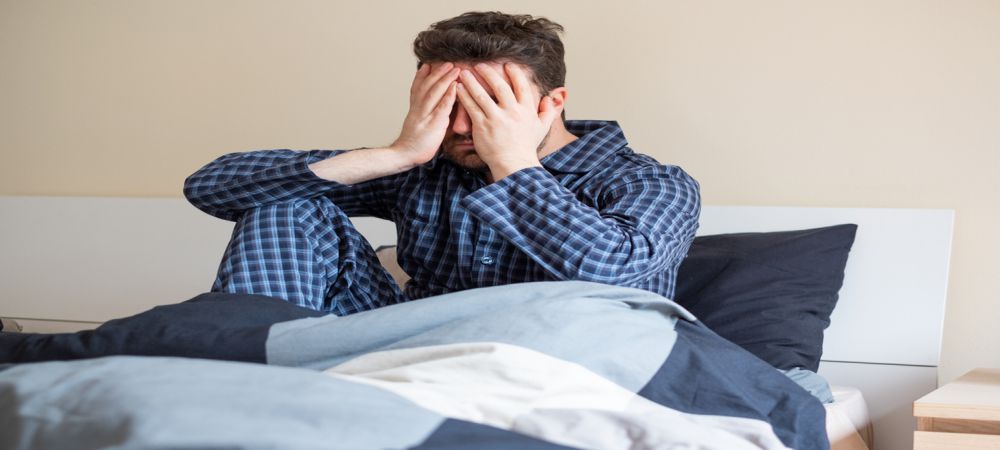
Early signs usually start between the first 24 hours after quitting the usage. The symptoms include:
- Restlessness
- Anxiety
- Excessive Sweating
- Yawning Often
- Runny nose
Later Stage Symptoms of Opioid Addiction Withdrawal
Other symptoms, which can be more intense, start after the first day or beyond. They include:
- Abdominal cramping
- Nausea and vomiting
- Rapid heartbeat
- Goosebumps appearance on the skin
- Possibly blurry vision
- High blood pressure
- Diarrhea
Even though it’s painful and very unpleasant, opioid’s symptoms usually improve within 72 hours. However, you’ll notice a significant decrease in acute pain and symptoms.
The length of time you will experience withdrawal symptoms depends on the severity of the addiction and frequency of use. This also includes your wellbeing or overall health.
For instance, heroin is usually removed from your body faster, and symptoms will kick-in after 12 hours of the last usage. If you’re using methadone, it may take a day and a half for symptoms to start.
Some experts point out that addiction recovery takes at least six months of total abstinence. During which you may experience several withdrawal symptoms. This is known as protracted abstinence. So, if you’ve any ongoing symptoms, it’s crucial to discuss the symptoms with your addiction treatment provider.
For the best result, starting your recovery journey at an early stage will help prevent future problems. All you need to kickstart your recovery is to register at a professional rehab center. For instance, here at 1000 Islands Addiction Rehab & Treatment Centre, we provide opioid addiction treatment in Canada and beyond. Our team consists of experts with vast knowledge and experience of opioid withdrawal and timeline.
Factors that Affect Opioid Withdrawal

The symptoms of opiate withdrawal can range from mild to severe, depending on how addicted to the drug the user is. This level of dependency can be linked directly to several factors:
- Your dosage level
- How long you’ve been taking the drug
- Your method of consumption
- Battling old traumas or living among unsupportive friends and family
- Living a stressful lifestyle
- Biological and environmental factors such as family addiction background, etc
- Having any underlying mental health problems or other medical conditions
- The type of opiate consumed, etc.
Recovering from opiate addiction is one of the most challenging phases of addiction treatment. However, it’s crucial to remember these two tips correctly:
- You are not alone, and
- There are several individuals and organizations ready to help you every step of the way.
What to Expect During Opioid Addiction Treatment
When you stop depending on substances like opioids for anything, your body will experience a detox period. This is where your body tries to get rid of the substance from the system. Notably, the detox stage in addiction recovery is essential for you to reach sobriety. So, what is the procedure for opioid detox treatment?
Detoxing involves withdrawal symptoms that often vary in intensity and length. For several people who struggle with addiction, the withdrawal process is a severe and daunting, difficult battle. However, detoxing from substances like opioids is better in a professional environment. Rehab facilities will give you the resources and tools you need to defeat this hurdle and reach sobriety.
Here is a procedure for opioid addiction treatment and what to expect during opioid addiction treatment:
Detoxification Procedure
The first step of opiate addiction treatment is to undergo detoxification. During the detox process, you will be monitored and treated safely for withdrawal symptoms. This includes extreme fatigue, bone and muscle pain, insomnia, flu-like symptoms, anxiety, depression, and severe drug cravings.
These symptoms can kickstart within a few hours and peak between 48 and 72 hours after the last dose. They will often recede after about a week, but some individuals may experience persistent symptoms for months.
Furthermore, if you’re very dependent on opioids with a poor health history, you may face a deadly risk following sudden withdrawal. This is why experts are better at overseeing the detox process. They will monitor your withdrawal and ensure you’re safe and as comfortable as ever.
It is essential to understand that detox alone is not an effective form of opiate addiction treatment. Detox addresses the physical dependency your body has on opiates. Still, counseling and behavioural therapy are needed to address the psychological addiction and the reasons behind your drug use.
As the detox progresses, the process becomes more uncomfortable. Here are a few symptoms you may experience:
- Dilated Pupils
- Gastrointestinal distress
- Feeling hopeless
- Fever
- Elevated Blood Pressure, etc.
Medication and Maintenance
During opiate detox, you may have to use certain medications to help alleviate withdrawal symptoms. The most prevalent drugs used during opiate detox are suboxone, buprenorphine, and methadone. These drugs are also useful for eliminating severe cravings after detox.
Continuous Treatment
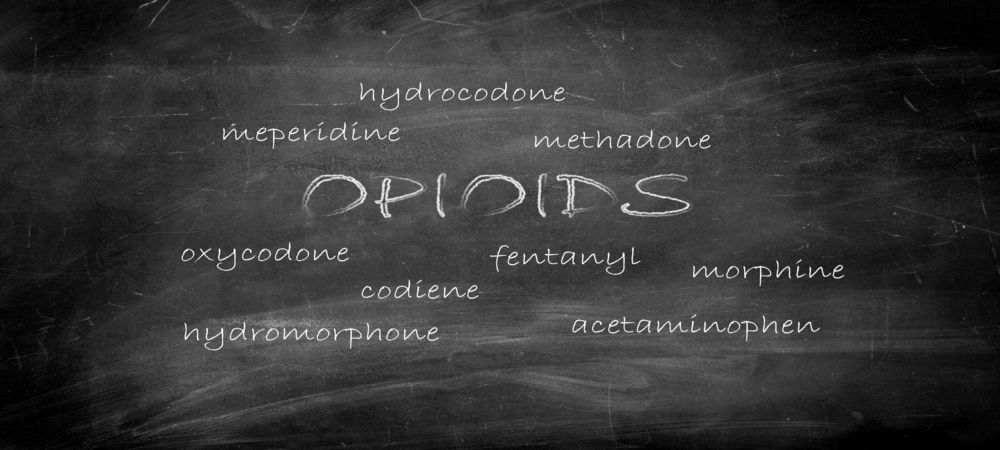
If you’re trying to overcome an addiction to opiates, it is often best to receive care at a residential treatment center. There are several benefits of getting residential addiction treatment in Canada. However, the most crucial advantage is that it provides a structured environment free of temptations and distractions.
Residential treatment for opiate addiction offers 24/7 care and support to help you focus on your recovery. There, you’ll learn new skills needed to live a drug-free life. It also provides a temporary escape from the daily stresses and responsibilities of home, work, family, and other relationships. This way, you can solely focus on recovery.
During residential treatment, you’ll receive medical support and therapy to address not only the physical effects of your opiate addiction but the psychological effects as well. A comprehensive approach that combines behavioural therapy, individual counselling, 12-Step support, drug testing, dual diagnosis, and positive reinforcement is the most effective way to treat opioid addiction.
Related article: Addiction Treatment: What to Expect During Opioid Withdrawal
Timeline for Opioid Addiction Treatment
Imagine the countdown for the opioid addiction treatment starts from your last use of the drug. From that moment, the withdrawal symptoms may kick in. Similarly, most people may not even notice the changes between the first few hours. However, that moment when you stop marks the beginning of the new era, i.e. the detox process.
Generally, the type of opioids you take will determine the moment the withdrawal symptoms will begin. For instance, people who use heroin may experience withdrawal symptoms after six hours of last use. In contrast, those with long-acting pain-killers addiction may not notice any withdrawal symptoms for up to 24 hours.
Below is an overview of the timeline for the opioid addiction treatment process:
The First Stage
The beginning of the first stage of opioid addiction treatment often varies at your first trial to quit. This mainly depends on the type of opiate consumed and their severity level — mild to severe. Severe opiates, like heroin, cause withdrawal symptoms as quickly as 12 hours after your last use. Less severe opiates, like methadone, cause withdrawal symptoms after about 30 hours.
In most cases, you may experience more severe withdrawal symptoms at the initial stage. You may experience flu-like severe symptoms, which include an intense fever and even hallucinations. Also, other symptoms like diarrhea, abdominal cramps, vomiting, and nausea are likely to occur.
Somehow, first stage symptoms are often more severe because your body; after getting used to a new source of endorphin, has stopped creating natural endorphins. This is because of the natural ability of opiate to create a euphoric effect similar to the one your body produces.
Upon cleansing your body from opiate thoroughly, you may struggle with a chemical imbalance within your system. This happens because your body will have to do extra work to fill the natural production gap.
Fortunately, the initial stage will only last for about five to six days at max. However, using a professional detox service will help you go through this tasking process with ease. For most people recovering from opioid addiction, getting support from the first stage may be just what you need.
General symptoms you may experience during the beginner’s stages of opioid addiction treatment:
- Tiredness
- Trouble sleeping
- Body aches
- Anxiety or irritability
- Sweating

The Second Stage
After pushing your way entirely through the first stage, your body will feel alive and gain more natural balance. This is when your body will start creating natural endorphins to stabilize your mood. It’ll also help kill most of the physical pain you experienced naturally, thus making you feel better after the detoxification period.
However, don’t get it twisted. Your body isn’t yet back to its stable state. It will sometimes crave opiates and even react in negative ways to their absence. Most common second-stage opioid addiction treatment symptoms include:
- Less severe fever
- Paranoia or fear
- Clammy hands
- Cramps mainly aimed at your legs
- Sudden chills
- Continuous depression
- Less severe fever
- Goosebumps
- Dilated pupils
Even though the severity level of these above symptoms isn’t as problematic for everyone, still, they may cause a relapse. In light of this, most addiction treatment providers often provide inpatient and outpatient rehab services to help you manage this stage of the addiction.
If you find it hard to cops with the second stage, you can check yourself into an opioid addiction treatment center in Canada.
The Third Stage
The last stage of the timeline for opioid addiction treatment is even more relaxing. At this stage, your body is getting much better, and recovery is going on well. Typically, your physical and mental symptoms will reduce drastically after the second stage. All forms of physical pain will be gone as well or perhaps become more comfortable to handle.
However, you are not yet out of the dark. It’s essential that you go through the third stage to complete the timeline for opioid addiction treatment. Luckily, this stage is the least severe of all.
Still, it’s capable of causing psychological and mental problems, such as insomnia and anxiety. As such, the symptoms that come with this stage of addiction treatment can last up to two (2) months or more. In fact, this third stage can extend to a lengthy period that usually makes this phase more difficult for some people.
Once you scale through this stage, you’re likely going to feel more balanced and incredible again. At 1000 Islands Addiction Rehab, we focus more on aftercare procedures during this stage. Aftercare services include learning how to avoid relapse, staying drug-free, getting familiar with returning to your everyday activities, etc.
What are the Factors that Determine the Timeline for Opioid Addiction Treatment?
The exact timeline for opioid addiction treatment can vary from one person to another. However, this depends on the particular drug used abs the method of use, i.e. smoking, snorting, or injection.
Additional determinant factors, such as co-occurring mental conditions, biological and environmental factors, history of trauma, and when you receive medical care during detox, may all influence the severity and length of symptoms you may experience.
Ultimately, the amount of time it’ll take you to complete the detox depends on the following factors:
- Your overall wellbeing
- Your usage timeline
- Your addiction severity
- Your choice of opioids
- The quantity of opioids used
Medical Factors that can Determine the Timeline for Opioid Addiction
Are there severe medical conditions that can influence the timeline for opioid addiction treatment? Yes! There are, and they are risky factors that every rehab often puts into consideration.
Here are a few factors to consider when determining how long the procedure for opioid addiction treatment will take:
- History of seizures
- Use of other drugs
- An existing problem with breathing and heartbeat
- Older age at the time of withdrawal
- Existing dehydration problems
If you are experiencing any of the above factors, you must undergo therapy at a professional rehab center. This way, you’ll be able to get the essential support necessary to help you through your recovery journey.
Wrapping it Up
Generally, the timeline for opioid addiction treatment varies from person to person and its dynamic. Person A can undergo two months of opioid addiction treatment, while person B may go through more than two months of recovery.
From the above section, we have been able to analyze the different factors that determine the timeline. This means you may have to consider the factors and your current condition to see where you fit and how long opioid addiction treatment will take.
So, what are the things to expect during opioid addiction treatment? Well, there is a lot to expect during opioid treatment. However, as we’ve described above, the procedure for opioid treatment is dependent on your condition.
Still, quitting is the first step to recovery. To be completely free from any addiction, you have to make up your mind to stop no matter what. Secondly, you need to understand the withdrawal process and how it works for different people.
Opiate withdrawal is not always life-threatening. However, it’s capable of causing complications if you refuse to take proper treatments. Generally, there are several addiction treatment services available for treating opioid addiction. Still, the withdrawal symptoms often determine the treatment approach.
The severity of opiate withdrawal can be intense, so it’s better to have an expert supervise your progress. Just like other addictions, opioid addiction treatment requires consistency and hard work. So, going through this recovery process with experts will help you attain sobriety without risks. Call 1000 Islands Addiction Rehab & Treatment Centre for addiction treatment programs.
Related article: 6 Warning Signs of Opioid Addiction



